The long-term strategy of Vietnam's textile and garment industry is to actively diversify product lines, meet the needs of many different customer segments and expand export markets.

Vietnam's textile and garment industry is witnessing a positive recovery and has the opportunity to make a breakthrough. However, businesses are also facing new challenges in meeting market and customer demand.
How to take advantage of the opportunity to improve the position of Vietnamese textiles in the market is a problem that businesses must soon find a solution to.
According to the Vietnam Textile and Apparel Association (Vitas), the country's textile and garment export turnover in August is estimated at nearly 4.3 billion USD, bringing the export turnover in the first 8 months of the year to 28.3 billion USD, up 6.2% over the same period in 2023; of which, garment exports reached more than 22 billion USD, up 6.3% over the same period; fabric exports reached 1.7 billion USD, up more than 8%; fiber exports reached 2.9 billion USD, up 1.5%.
Export of textile and garment accessories reached nearly 900 million USD, up nearly 10%; export of non-woven fabrics increased nearly 19% to 528 million USD.
Mr. Vu Duc Giang, Chairman of Vitas, said that Vietnam's textile and garment industry has a great opportunity to recover growth and create a new export milestone in 2024.
In the past 8 months, Vietnam’s textile and garment export products have grown from 4-14%, with some products increasing by over 20%. This is the result of the recent shift of orders from other countries to Vietnam due to fluctuations in many regions such as the US-China trade war, military conflicts in Europe and most recently, internal unrest in Bangladesh.
According to Mr. Vu Duc Giang, the long-term strategy of Vietnam's textile and garment industry is to actively diversify product lines, meet the needs of many different customer segments and expand export markets.

In the current context, Vietnam’s textile and garment industry has both opportunities to make a breakthrough and many challenges. The increase in orders and new partners also comes with the need to meet new purchasing strategies.
Since the post-COVID-19 pandemic slump in demand, brands and distribution systems are now tending to order from factories and ship directly to distribution or retail stores without going through warehouses as before.
This requires businesses to change their production strategy, not needing too many workers but having to produce orders for quick delivery within 1-2 months instead of 6 months to 1 year as before.
“The textile and garment industry needs to strengthen the chain linkage from raw materials, machinery and equipment, design to product trade to coordinate orders. In production activities, it is necessary to take advantage of technology and artificial intelligence to improve productivity, quality as well as create different values for products. If we do well in the stage when the global textile and garment supply chain is “shifting,” the position and market share of Vietnamese textile and garment in the international market will be significantly enhanced, creating momentum for long-term development,” Mr. Vu Duc Giang emphasized.
Mr. Nguyen Van Hoang, General Director of Dong Tien Joint Stock Company, informed that orders from Vietnamese textile and garment enterprises are very good, although in terms of total world textile and garment demand, it has not increased much.
The fact that Vietnam will receive many orders in 2024 is due to the shift of orders from other countries, typically China. However, the shift of orders does not only occur between countries but also within Vietnamese enterprises.
Specifically, customers and partners are also stepping up the "purification" of factories and processing plants with old equipment and technology to order green manufacturing plants that meet ESG (environmental, social, and governance) standards.
At the same time, many partners have also switched from ordering early and in large quantities to selling as they go to reduce inventory. “The new requirements of customers are legitimate and in line with the general trend of the world.
Businesses that quickly apply technology, automate and green their factories from raw materials and fuel will continue to receive more orders and participate more deeply in the global textile supply chain.
On the contrary, factories that are slow to adapt will be eliminated from the common “game”. This is a challenge but also a driving force for manufacturing enterprises in general, and textile enterprises in particular, to green their factories,” Mr. Nguyen Van Hoang shared.
At the workshop “Application of AI and smart manufacturing to promote garment industry production” organized by Vitas and Jack Technology Company at the end of August in Ho Chi Minh City, Mr. Jimmy Qiu, Vice President of Jack Technology, commented that Vietnam's textile and garment industry is developing rapidly and has an increasingly important position in the global garment supply chain.
In the past 3 years, buyers and textile brands with large distribution networks, especially buyers in the US, have shifted orders from China to Southeast Asian countries and Vietnam is the preferred supplier thanks to its active transformation, application of smart technology and greening of factories.
Experts also shared that in the face of rapid changes in consumer demand today, a flexible production model with diverse designs, small quantities, and controllable cycles is the key to the transformation of the textile industry.
The brand wants to solve the inventory problem through small-batch diversified production, but this places higher demands on the response speed of the production line and supply chain. Applying artificial intelligence and smart technology to production and management will enhance the competitiveness of enterprises in the market in a more efficient, environmentally friendly and sustainable way.
Mr. Pham Van Viet, Chairman of the Board of Directors of Viet Thang Jean Limited Liability Company, Vice Chairman of the Ho Chi Minh City Textile and Garment Embroidery Association, said that the Vietnamese textile and garment industry is on the threshold of transforming from processing production to the fashion industry. Because price competition is no longer the goal and factors such as abundant labor resources and cheap labor are no longer Vietnam's big "advantages".
The application of technology, science and engineering into the production process and digital transformation is becoming a mandatory requirement for the textile and garment industry, especially for enterprises producing export goods to European and American markets with very high requirements for green production.
According to Mr. Pham Van Viet, to build a domestic textile and garment supply chain, businesses must promote the application of technology to all stages, from the production of fiber and textile materials, design, sewing and complete brand building.
However, this transformation requires businesses to have sufficient financial and human resources, which is a barrier for most small and medium-sized businesses today.
Therefore, in order for the textile industry to truly transform synchronously, there needs to be an orientation and policy for developing the fashion industry through supporting businesses in green transformation, technological innovation, and training human resources for design. At the same time, it is necessary to further promote communication effects, building brands for businesses and national textile brands./.
Source: https://baolangson.vn/tan-dung-thoi-co-nang-vi-the-cua-nganh-det-may-viet-nam-5020669.html






![[Photo] Prime Minister Pham Minh Chinh and Prime Minister of the Kingdom of Thailand Paetongtarn Shinawatra attend the Vietnam-Thailand Business Forum 2025](https://vphoto.vietnam.vn/thumb/1200x675/vietnam/resource/IMAGE/2025/5/16/1cdfce54d25c48a68ae6fb9204f2171a)


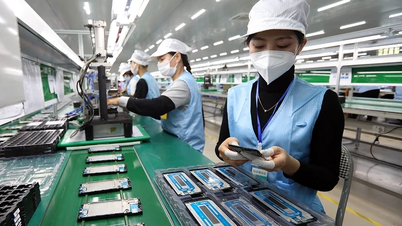

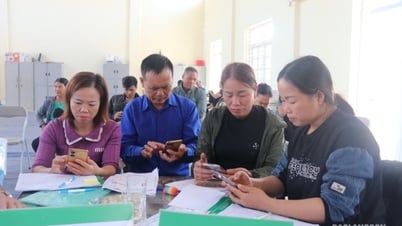
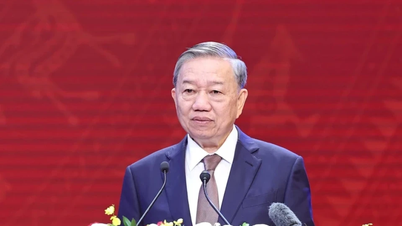
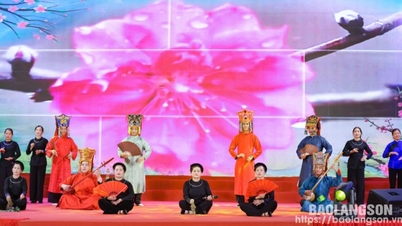

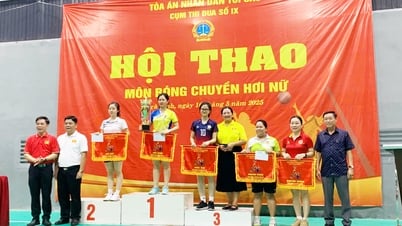



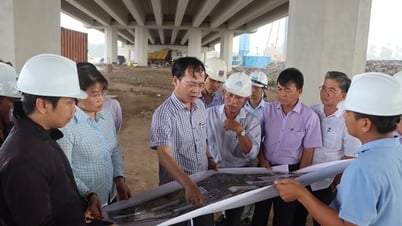




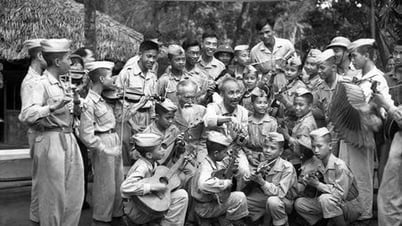

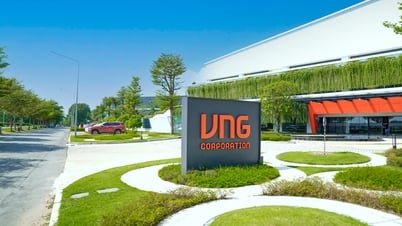



![[Photo] President Luong Cuong receives Prime Minister of the Kingdom of Thailand Paetongtarn Shinawatra](https://vphoto.vietnam.vn/thumb/1200x675/vietnam/resource/IMAGE/2025/5/16/52c73b27198a4e12bd6a903d1c218846)















































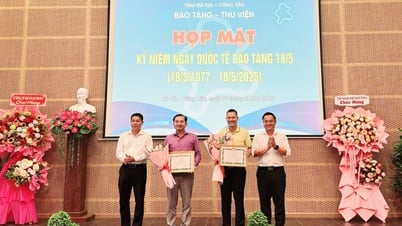

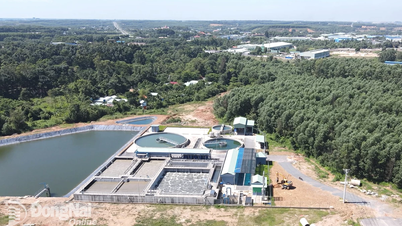

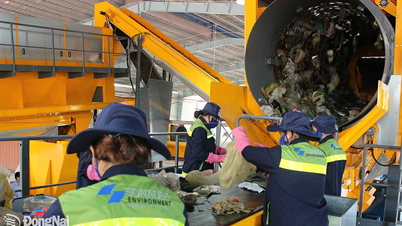










Comment (0)